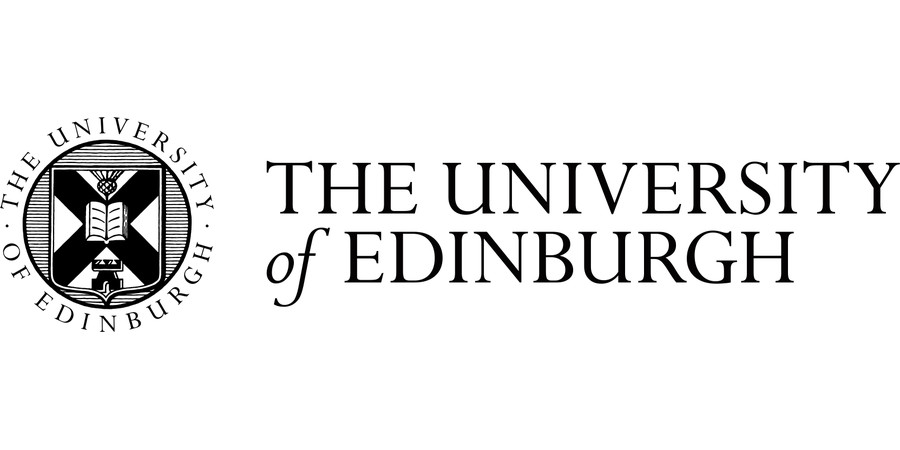PhD Studentship - EASTBIO - Understanding the Contribution of Reduced Niche Oxygenation on Haematopoiesis during Healthy Ageing
The University of Edinburgh
| Qualification Type: | PhD |
|---|---|
| Location: | Edinburgh |
| Funding for: | UK Students, International Students |
| Funding amount: | £5,000 - please see advert |
| Hours: | Full Time |
| Placed On: | 26th November 2025 |
|---|---|
| Closes: | 15th December 2025 |
Deadline: Monday 15th December, 2025. Competition funded PhD Project.
Supervisors: Dr Ananda Mirchandani (The University of Edinburgh), Dr Tony Ly (The University of Dundee)
About the Project
As we age, a common phenomenon across tissues is the loss of capillaries and capillarisation. These tiny vessels are essential for the delivery of oxygen to tissues, as oxygen can only be accessed through its passive diffusion from an area with a higher partial pressure of oxygen, to a lower one. (doi:10.14336/AD.2017.0430). The ageing bone marrow is no different to other organs in this process. A number of key changes have been observed in both the circulating cells and bone marrow composition of healthily ageing individuals. These changes include an increase in the neutrophil:lymphocyte ratio (NLR) (doi.org/10.1182/blood-2022-170882), as well as an increase in multipotent stem cell numbers, however the function of these stem cells appears to be defective. Importantly, these observed changes are conserved across species, including in the mouse, making the aged mouse model a useful means to understand and identify the molecular mechanisms that drive this process (doi: 10.1038/s41586-024-07238-x.).
Data from our lab has identified some overlapping changes induced by acute hypoxia exposure in young mice, with these ageing changes, including a skewing towards myelopoiesis and a reduction of lymphopoiesis (unpublished) raising the possibility that hypoxia itself could be an important driver of the ageing bone marrow phenotype. Healthy tissue oxygenation has been largely overlooked as an important niche factor, but less so in the bone marrow, where stem cells are known to reside in less oxygenated niches enabling them to maintain quiescence (doi: 10.1038/nature13034).
This PhD will offer the applicant the opportunity to use mouse models and human bone marrow samples, alongside both in-vivo and ex-vivo oxygen availability manipulation systems, to dissect the contribution of reduced oxygen availability to the ageing bone marrow immune phenotype. To obtain crucial new insights, the PhD student will utilize cutting edge single cell assays that will characterize gene expression and proteome changes with spatial and temporal resolution to understand bone marrow evolution during ageing. The successful candidate will assess the interplay between niche vascularity, oxygen availability and haematopoiesis to determine the molecular mechanisms that drive the changing circulating immune landscape in healthy ageing.
biology.ed.ac.uk/eastbio/how-to-apply
UKRI-funded studentships are available globally, covering UK tuition fees, a living stipend, and an annual £5,000 research grant for the first three PhD years. EASTBIO DTP limits international students to 30%. Eligibility criteria are as per UKRI guidance.
Apply Now:
- Visit the EASTBIO Webpage to download necessary documents.
- Submit your completed application, EDI survey, and academic transcripts to CIR.Postgraduate@ed.ac.uk by the deadline.
- Ensure references are sent to the same email using the provided form.
EASTBIO will hold online Q&A sessions in November/December 2025. Check the EASTBIO How to Apply webpage for details. Incomplete applications will not be considered.
Advert information
Type / Role:
Subject Area(s):
Location(s):









